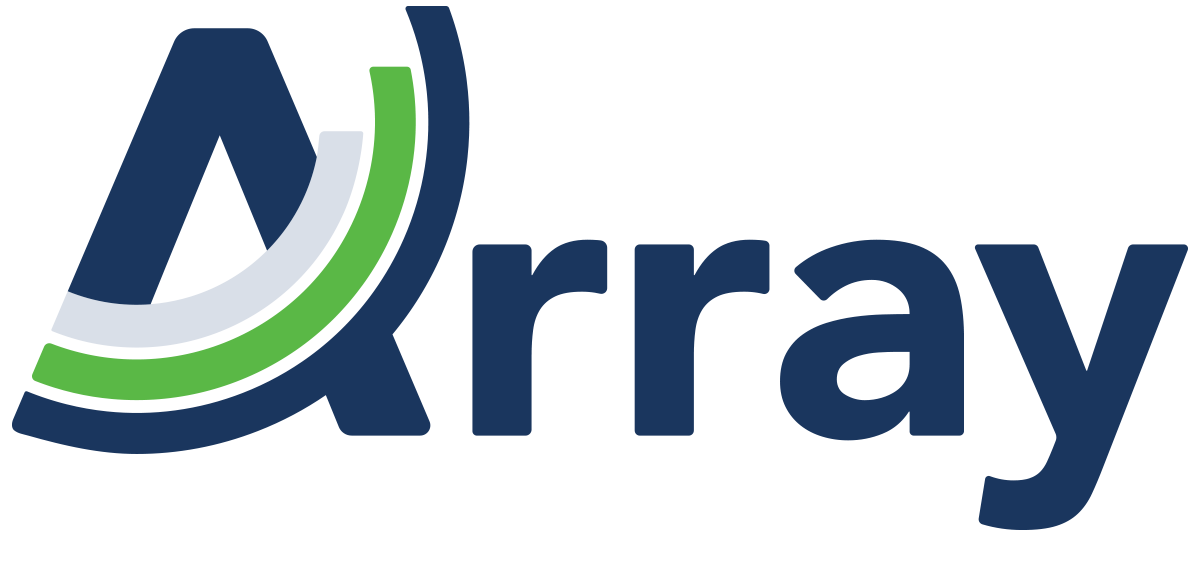Every week, the Array team reviews the latest news and analysis about the evolving field of eDiscovery to bring you the topics and trends you need to know. This week’s blog is a post-holiday bonus, covering the past two weeks of eDiscovery news.
Recent eDiscovery Rulings on Collaboration App Data
The EDRM (Electronic Discovery Reference Model) Blog recapped several recent court cases in which collaboration app data (like from Slack or Microsoft Teams) is routinely discoverable. Here are some takeaways from the article, by Ifran Shuttari of Veritas:
Courts can be convinced to rule that discovery for Slack communications is “generally comparable” to email. In Benebone v. Pet Qwerks, et al., Plaintiff sought to exclude Slack messages from discovery, both parties submitted cost estimates, and Defendants submitted an expert estimate. The Court granted Defendants’ motion, finding that “review and production of Slack messages…is generally comparable to requiring search and production of emails and is not unduly burdensome or disproportional to the needs of this case.”
Don’t change retention settings when litigation is on the horizon. In Drips Holdings, LLC v. Teledrip LLC, Defendants were sanctioned after changing their Slack archive settings from unlimited to seven days and deleting previously exported Slack data.
Establish a clear ESI Protocol and be familiar with specific data sources. In Nichols, et al. v. Noom Inc., et al., early production revealed that Defendant’s employees sent emails linked to internal Google Drive documents (aka “modern attachments) instead of including traditional attachments. But Plaintiffs’ motion to order Defendants to re-produce emails and linked files as document families was denied after the Court cited how the parties’ protocol didn’t specifically address the handling of hyperlinked documents.
Bonus: Speaking of ESI Protocols, Michael Berman on the EDRM Blog provides analysis and commentary on the differences between ESI Protocols and Discovery Plans: “Some (like me) favor ESI Protocols and suggest that they are almost-always necessary or appropriate. Others wish to banish them, viewing them as costly, delaying devices that lead to incessant negotiations with little accomplished. … Some say that they should be bare bones and address only a limited list of topics. Others suggest a comprehensive list that incorporates every potential bump in the electronic road that is described in any judicial opinion. Most stake out a middle ground and suggest tailoring the protocol.”
Bonus No. 2: Check out a similar article by Array on Slack data retention.
Deepfakes and eDiscovery
Legaltech News reports on five legal concerns to watch for in 2024, including the potential for deepfakes – fraudulent content created by generative AI tools – to drive up eDiscovery costs in the form of hiring forensic experts to verify whether a video is real. The story points out that there is no “silver bullet” on the market that can detect deepfakes, which sources say are expected to proliferate during the upcoming election season, possibly creating more defamation litigation.
Challenges in Construction Litigation eDiscovery
Construction litigation can be complex when multiple stakeholders such as contractors, subcontractors, project managers, engineers, consultants, suppliers, and others, are involved. This complexity also makes eDiscovery in construction cases challenging for legal professionals, who should be aware of non-traditional ESI such as Computer-Aided Design (CAD) drawings and communications on proprietary platforms instead of Microsoft Teams or Zoom. Read more on ForConstructionPros.com.
JD Supra’s most-read eDiscovery stories of 2023
An article by Array’s own Julia Helmer on how “Document Dumps” can lead to court sanctions including tips on organizing your data was one of the top 10 most-read eDiscovery articles posted to JD Supra last year. Check out the entire list here, including articles with tips on data migration challenges, exporting Gmail and Google Drive data, how to write an investigation report, and more.

